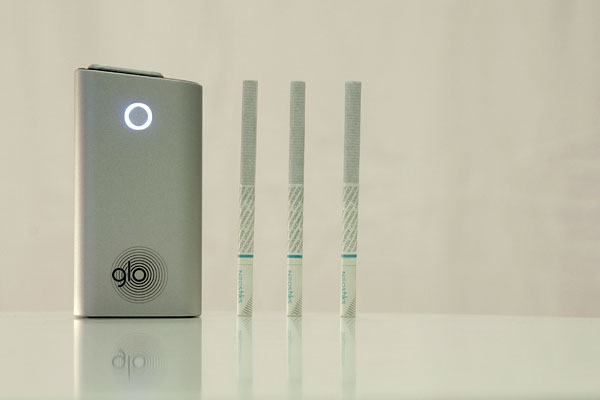Evidence building

A clinical study conducted by scientists at British American Tobacco has revealed that when smokers switch completely from cigarettes to the heated-tobacco product, glo, their exposure to certain cigarette smoke toxicants is significantly reduced, in some cases to levels comparable to those seen in smokers who quit smoking completely.
In a press note issued today, BAT said these results added to evidence suggesting that glo may ‘have the potential to be substantially reduced risk compared to smoking conventional cigarettes’.
‘Because glo vapor has lower levels of toxicants than cigarette smoke, it should in principle expose consumers to much less toxicants,’ the note said. ‘The results of this study indicate that this is indeed the case.’
The clinical study was conducted in Belfast, UK, over seven days and involved 150 people, all of whom were smokers for at least three years prior to enrolment.
‘For the first two days, study participants continued to smoke as normal and their urine was collected to measure levels of chemicals. Blood and breath were also collected for analysis,’ the note said.
‘For the next five days, participants were randomly allocated to either continue smoking, switch to using a THP [tobacco heating product] or quit smoking. Urine, blood and breath samples were again collected for analysis.
‘Exposure to certain smoke toxicants was determined by measuring the levels of certain chemicals in the urine. These could be the toxicants themselves or their metabolites – which is what the body breaks it down into – called biomarkers of exposure. Toxicants measured included those identified by the World Health Organization as being of concern in cigarette smoke.’
The results were said to have shown that the concentration of certain chemicals in the urine was reduced in smokers who switched to glo. In some cases, these reductions were the same as those observed in the smokers who quit.
“These results are very encouraging,’ said Dr. James Murphy, head of reduced risk substantiation at BAT. “The next step will be to determine whether this reduction in exposure translates to a reduced biological effect, and in turn a reduction in adverse health effects for those smokers who switch completely to glo.”
BAT said that future clinical studies would test for markers of biological effect, such as cholesterol levels or heart rate – measurements that give an indication of general health. A reduction in biomarkers of biological effect could suggest that a reduction in exposure is having a positive impact on reducing the adverse health risks of smokers who switch completely.
“The results of one test are important,” said Murphy, “but it is the combination of the results of many different tests that start to give us a real feel for the bigger picture and the potential for glo to be reduced risk compared to a conventional cigarette.”
The results of the clinical study are being presented today at the annual conference of the Society of Toxicology in San Antonio, Texas, US.
